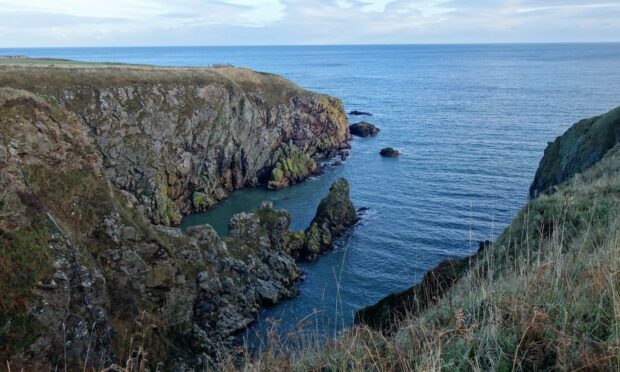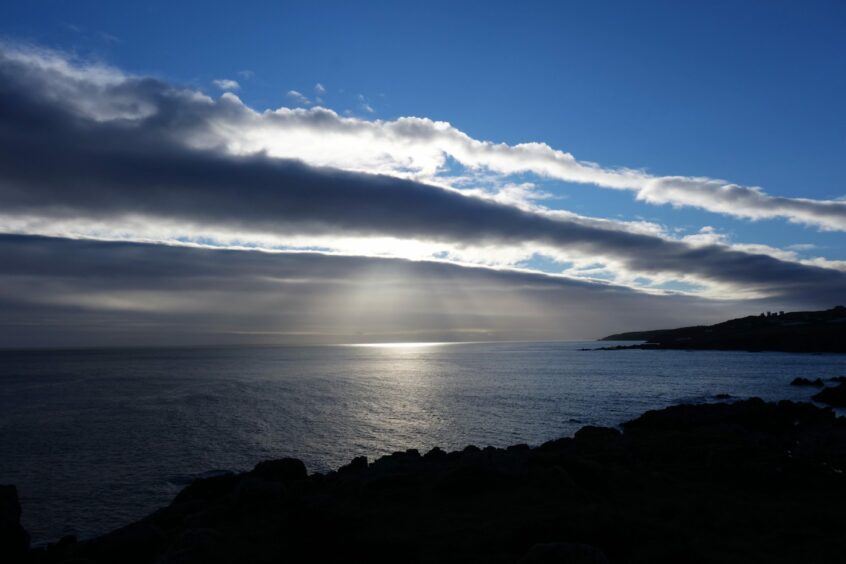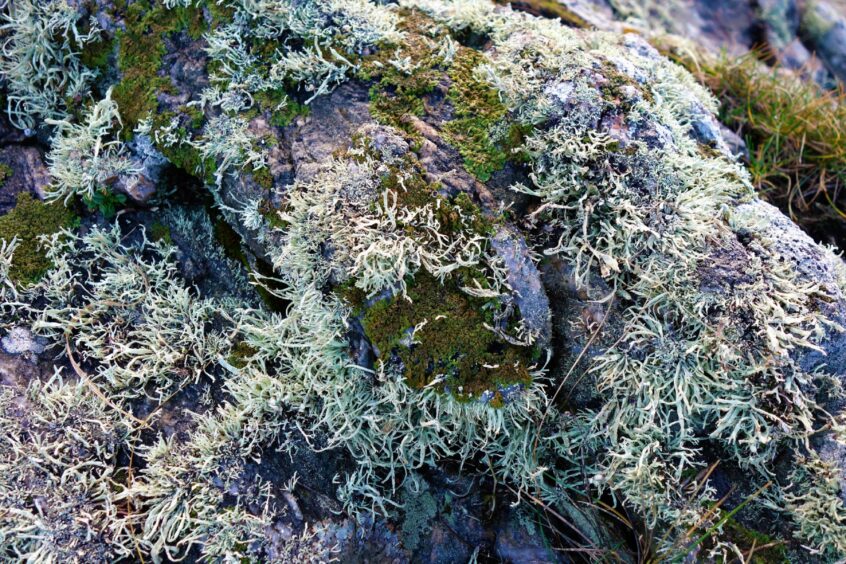An icy wind swept-in from the sea and whipped across my exposed vantage point on a clifftop by Burnbanks near Cove Bay, just south of Aberdeen.
As I scanned the sea with my binoculars for birds, my fingers quickly became numb. It had been a fruitless search, just a handful of wind-tumbled herring gulls and a lone eider bobbing out on the wave-crested water.
A hardy angler crouched down on the rocks below, hoping to catch cod, which haunt such rocky inshore areas during winter.
The angler and his gritty determination sparked my mind into pondering upon his quarry.
Into the shallows
I’m not sure why cod should move into the shallows at this time of year, but they are cold water loving fish, and perhaps as the coastal waters cool down in autumn, they find such areas more to their liking.
Certainly, autumn and winter storms provide a large amount of food for inshore cod in the form of smashed shellfish and other creatures which have been dislodged from their hiding places in the swirling surge.
Worms, crustaceans and molluscs are all eagerly taken, as well as considerable quantities of small fish.
Such is their prodigious appetite that trawlermen have found all kinds of strange things in their bellies, including plastic cups that have been thrown overboard from passing ships.
Prolific
The cod is a prolific egg layer and in late winter and early spring a single female fish can shed somewhere between 500,000 and five million eggs depending on her size.
Alexandre Dumas in his ‘Le Grande Dictionnaire de Cuisine’ published in 1873, wrote: “It has been calculated that if no accident prevented the hatching of the eggs and each egg reached maturity, it would take only three years to fill the sea so that you could walk across the Atlantic dryshod on the backs of cod”.
An exaggeration perhaps, but it does illustrate the huge natural mortality that takes place during the early stages of the lifecycle.
The importance of cod as a foodstuff and the pivotal role it has played in our global cultures and economies is undeniable.
As Mark Kurlansky highlighted in his book ‘Cod – the fish that changed the world’, wars have been fought over it, revolutions have been triggered by it, national diets have been based on it, and economies and livelihoods depended on it.
Lichens
I snapped out of my cod reverie, and scanned the sea once more, but the water was still largely devoid of birds.
Instead, I turned my attention to a lichen-encrusted boulder by my side.
Lichens are a bit like moss, all around us yet seldom remarked upon.
They are also one of our more fascinating lifeforms, for they consist of two (or more) organisms rather than one.
It’s a concept I find difficult to comprehend, but in simple terms, lichens are partnerships between algae and fungi, and are so closely interwoven with each other that they appear as one.
I had ventured to the cliffs near Cove Bay to seek offshore seabirds but instead ended up reflecting upon cod and lichens. Nature does that to you.












